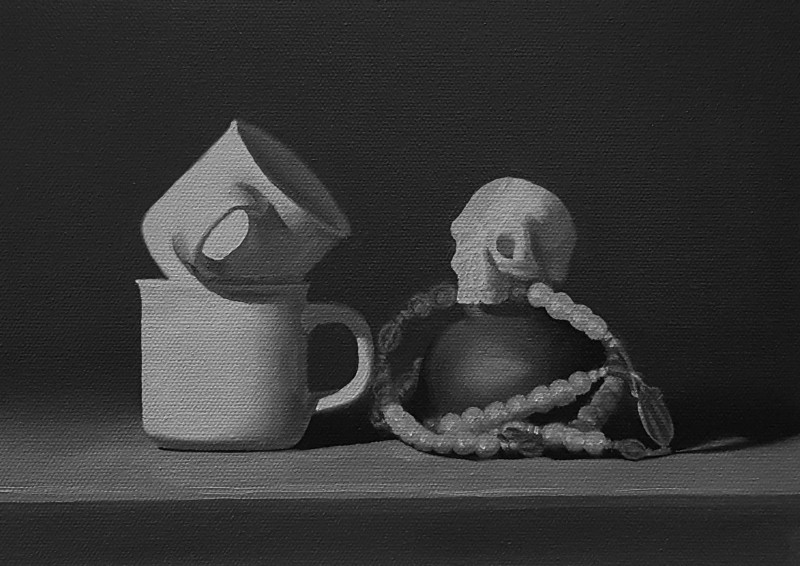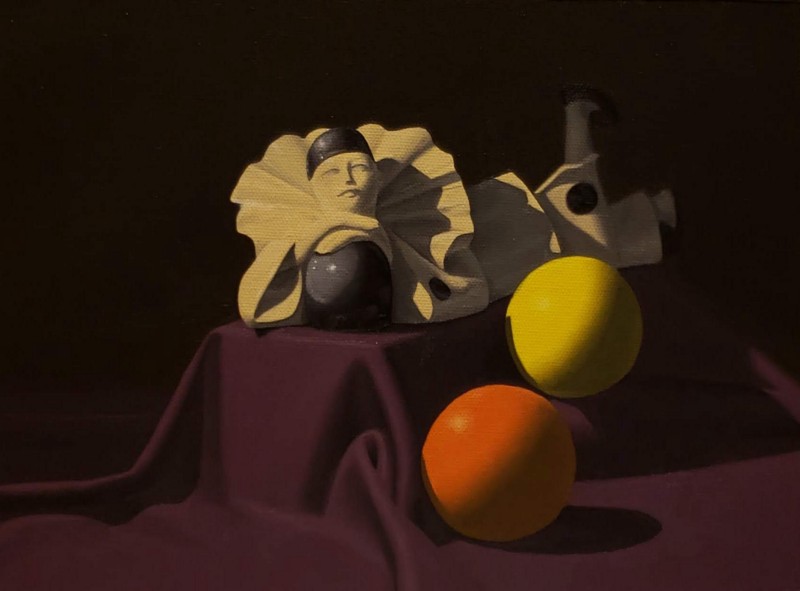
Still life composition by Evolve student Sheila J.
Still life painting has been a popular artistic venture for centuries. However, when it comes to creating a successful composition, many beginner artists fall flat or run out of options.
Along with painting skills, artists must have an understanding of visual balance to create an appealing still life composition.
Visual balance and composition refer to the structure of a still life, from color and value to the path the viewer’s eye takes as they look at the painting.
Painting a still life from direct observation is a vastly important skill for artists, and composing a proper still life can be the deciding factor between a strong or a weak painting.
No matter your skills, a weak composition will hold your painting back.
So whether you’re a beginner or want to brush up on your still life composition skills, these tips will help set up your still life for success!
1. Finding Balance for a Still Life Painting
Most artists can recognize a well-composed still life painting. It simply feels balanced. But what is it that makes the painting feel that way and what is balanced?
One way to make your still life is visually appealing and balanced is to follow the rule of thirds. The rule of thirds is quite common in photography and helps to add balance and tension to a piece of art.
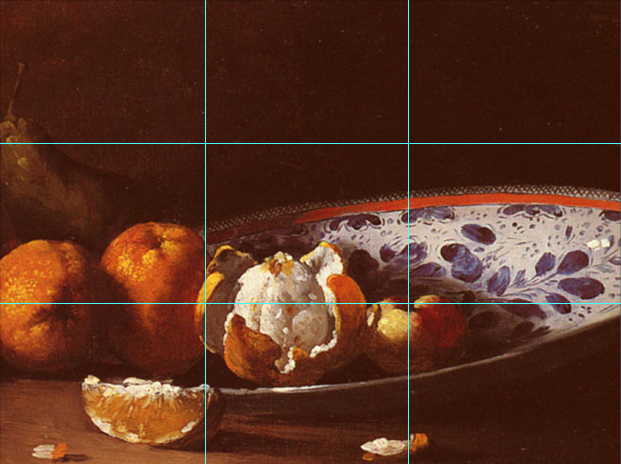
Artist Germain Clement Ribot’s still life painting utilizes balance and flow.
By dividing your focus area or canvas horizontally and vertically into three sections and then aligning areas of focus on the intersections of those lines, you can create balance in a still life.
Avoiding unintentional repetition will also help to create a strong still life. Be careful to choose objects of differing sizes and arrange them in a way that breaks up any excessive patterns, and you will have a good start to a visually interesting still life painting.
2. Consider Color for Your Still Life Painting
Color is another important part of a well-composed still life painting. Certain color combinations are pleasing to the eye depending on where they fall on a basic color wheel.
Choosing objects with thought to their color and the way that color interacts with the rest of the composition is a crucial part of composing your still life painting.
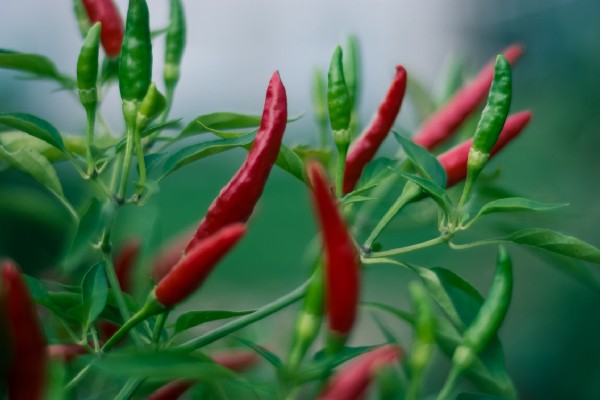
This photo utilizes complementary colors for visual balance. Photo by: Steve Johnson
There are three main color schemes that beginner painters can consider as they compose their still life paintings.
Complementary colors are colors directly opposite each other on the color wheel, such as red and green or blue and orange.
Analogous colors are colors that sit next to each other on the color wheel, such as yellow and green or green and blue. These color compositions often feel very balanced and natural.
You might also consider a triad of colors, which consists of three hues equally distant from each other on the color wheel. An example might be violet, orange, and green.
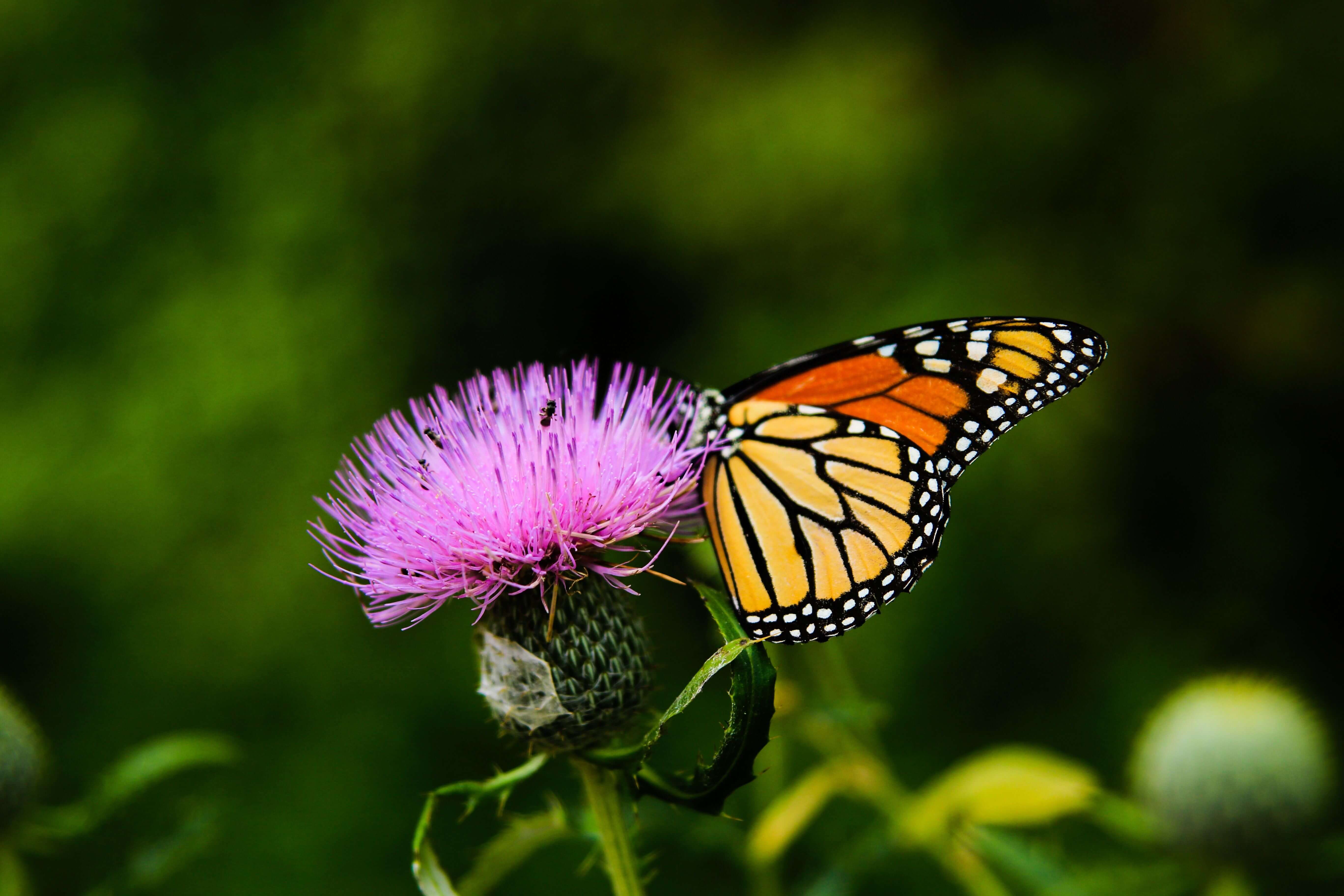
This photograph utilizes a triad of colors, giving it balance in hue. Photo by Sean Stratton
3. Proper Lighting for Your Still Life
Proper lighting in your still life painting is crucial to a successful piece, as it can improve or ruin a composition. When you are setting up the light for your studio, consider a single source of light, preferably coming at your objects from the side.
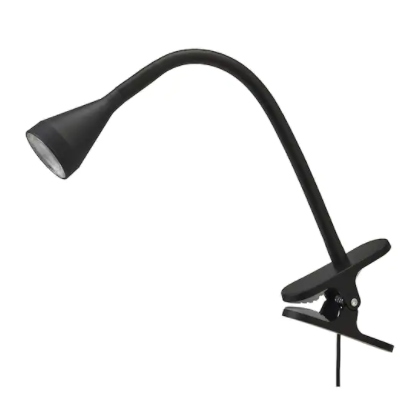
The Navlinge LED light from IKEA works well for lighting a still life.
Once your light is in place, make sure that it is strong enough to make clear distinctions between light and shadow.
If you cannot tell the difference between a light and a shadow in your composition, you may need a stronger light.
Ensure that your composition is made up of mostly light, following the 2/3s light and ⅓ shadow technique to ensure a well light composition.
As you set up the still life, experiment with different light solutions. Light can change a composition dramatically, so play with the angle of the light to create shapes with shadows, transforming the composition of your still life.

Still life composition using the vacant shadows technique by Evolve student Jannette M.
Final Thoughts on Still Life Compositions
Composing a still life painting can feel daunting at first, but by considering color, balance, and ensuring your objects are well lit, you can create a beautiful painting.
Remember to pick objects that fall within your abilities, not pushing yourself too far out of your skill level as you learn. By keeping it simple at first and considering these few tips, you will be well on your way to making elegant, compositionally powerful still life paintings.
FREE MASTERCLASS:
The 4 Part Framework to Develop Artistic Excellence in 12 Months

